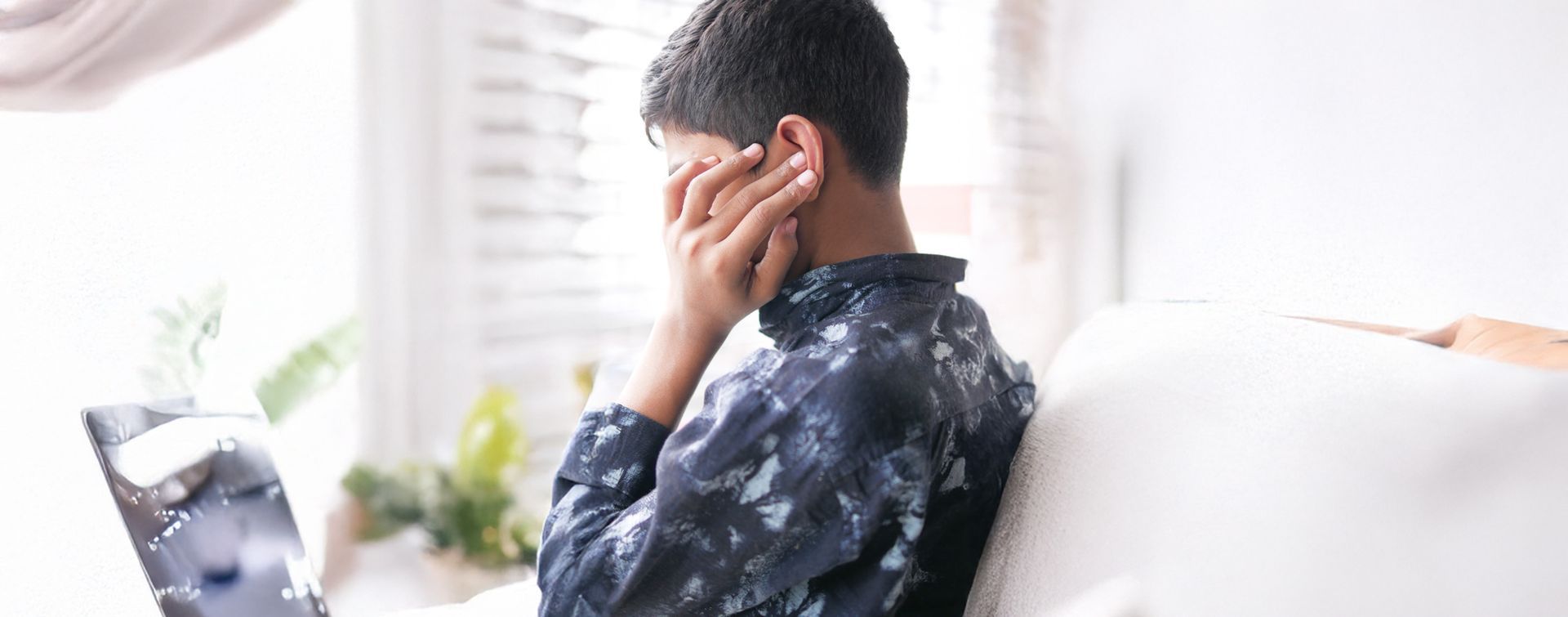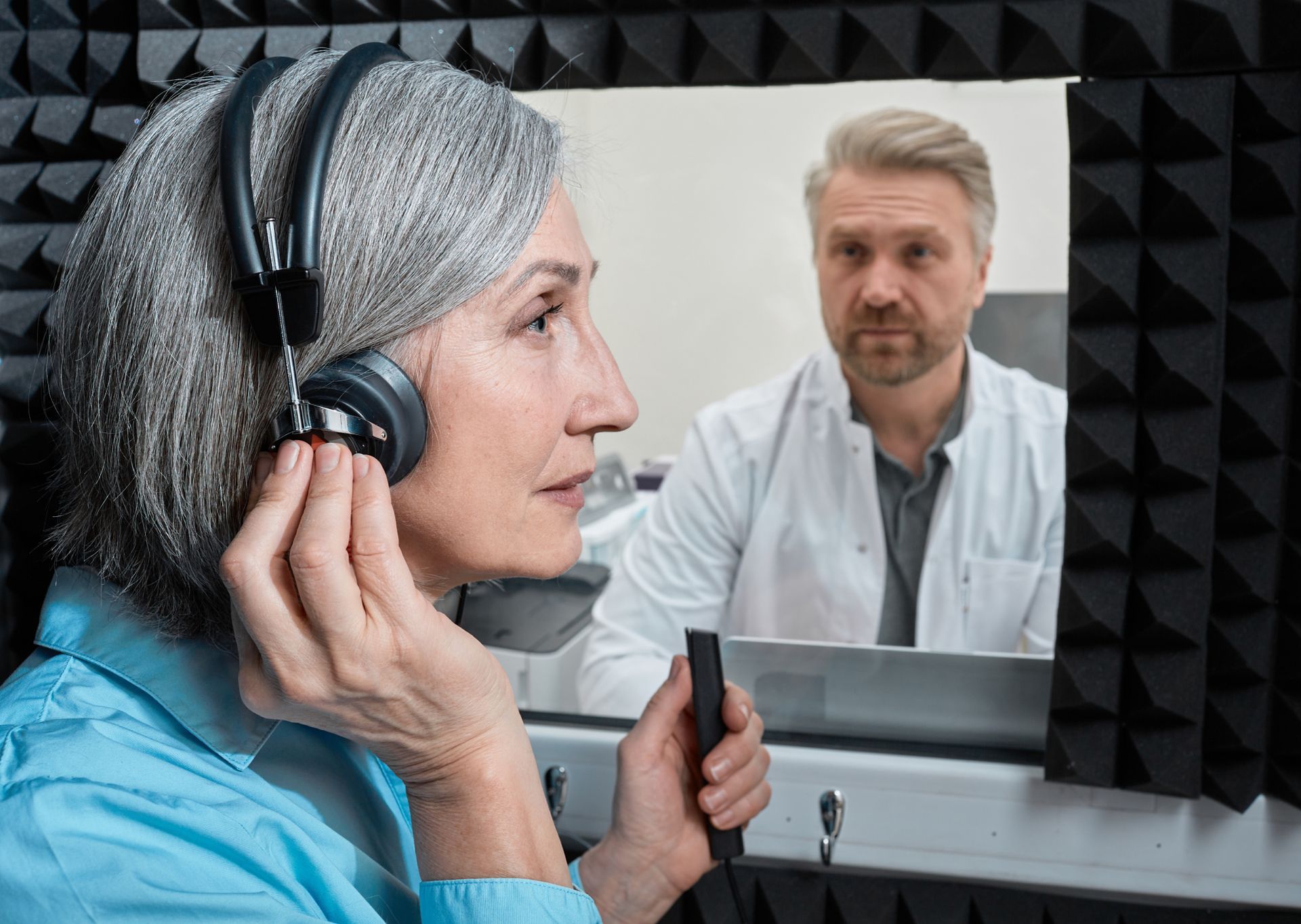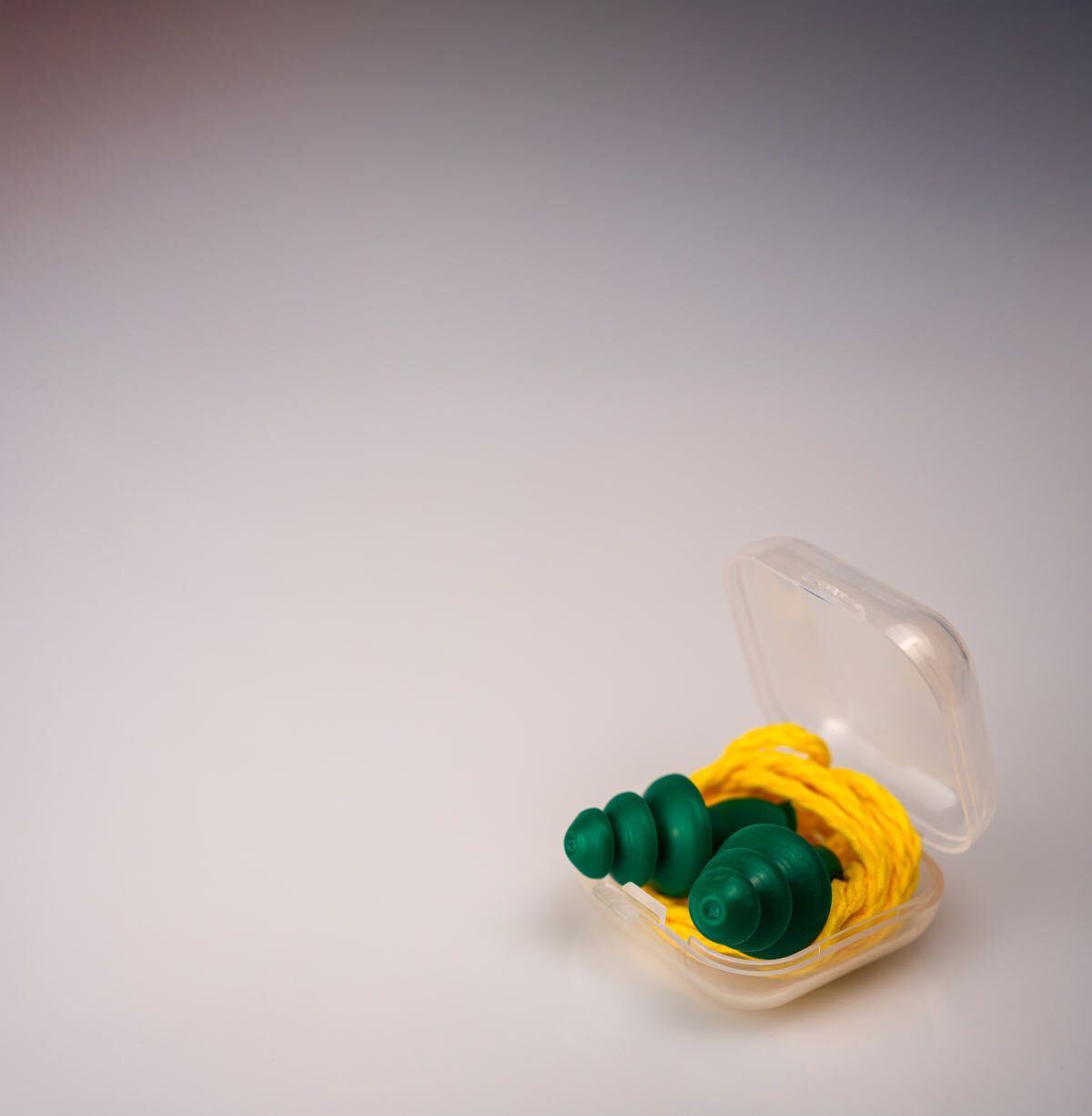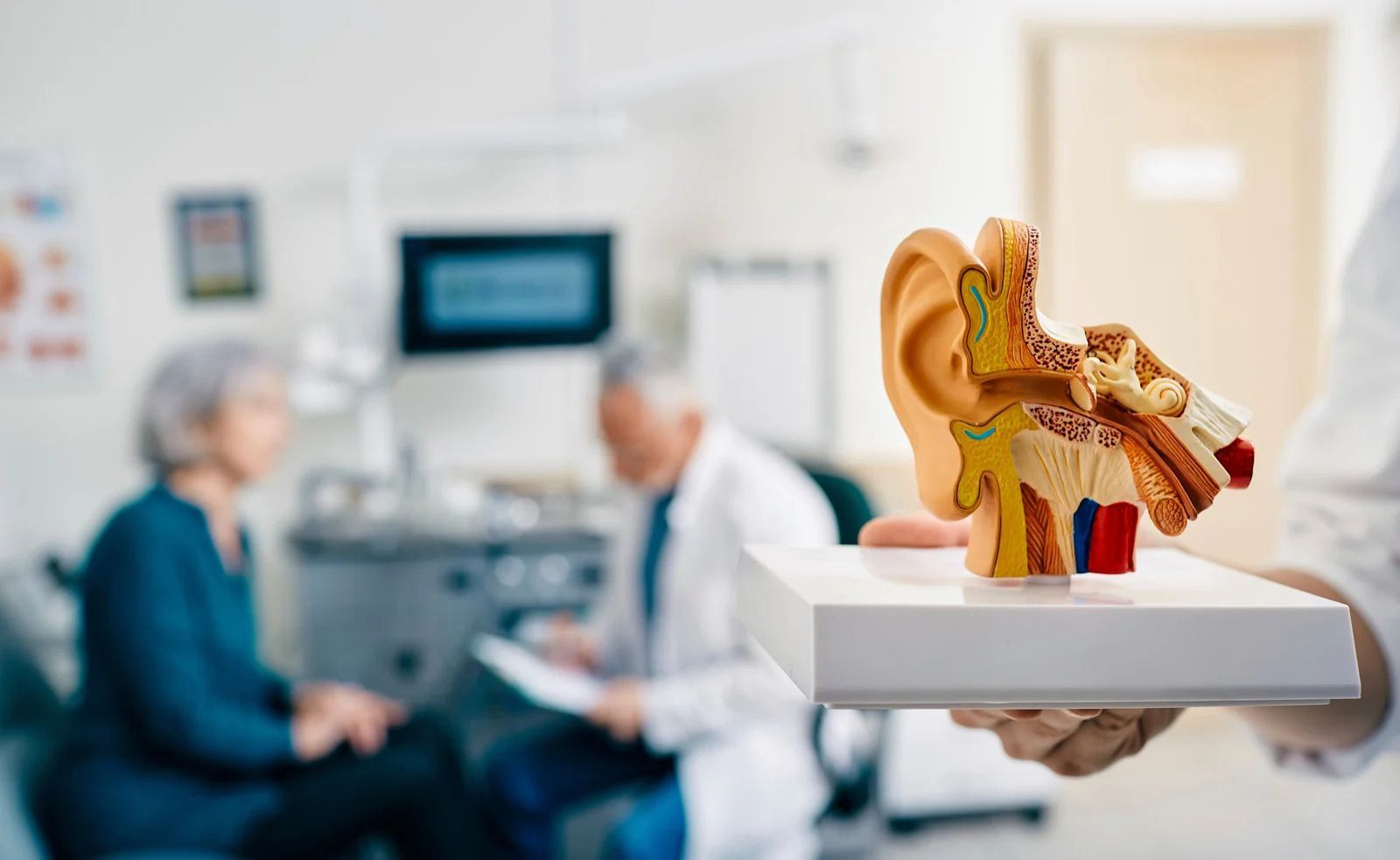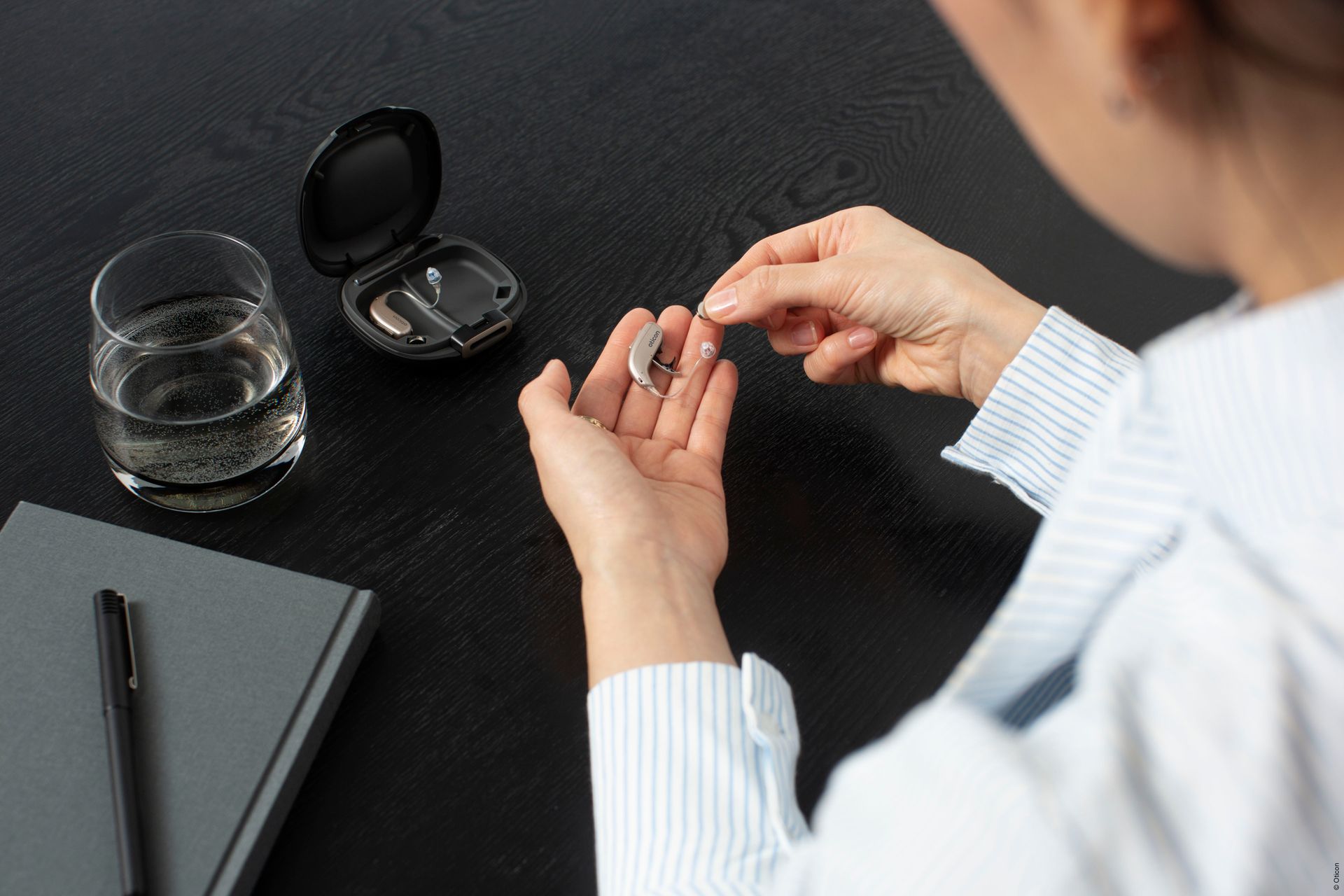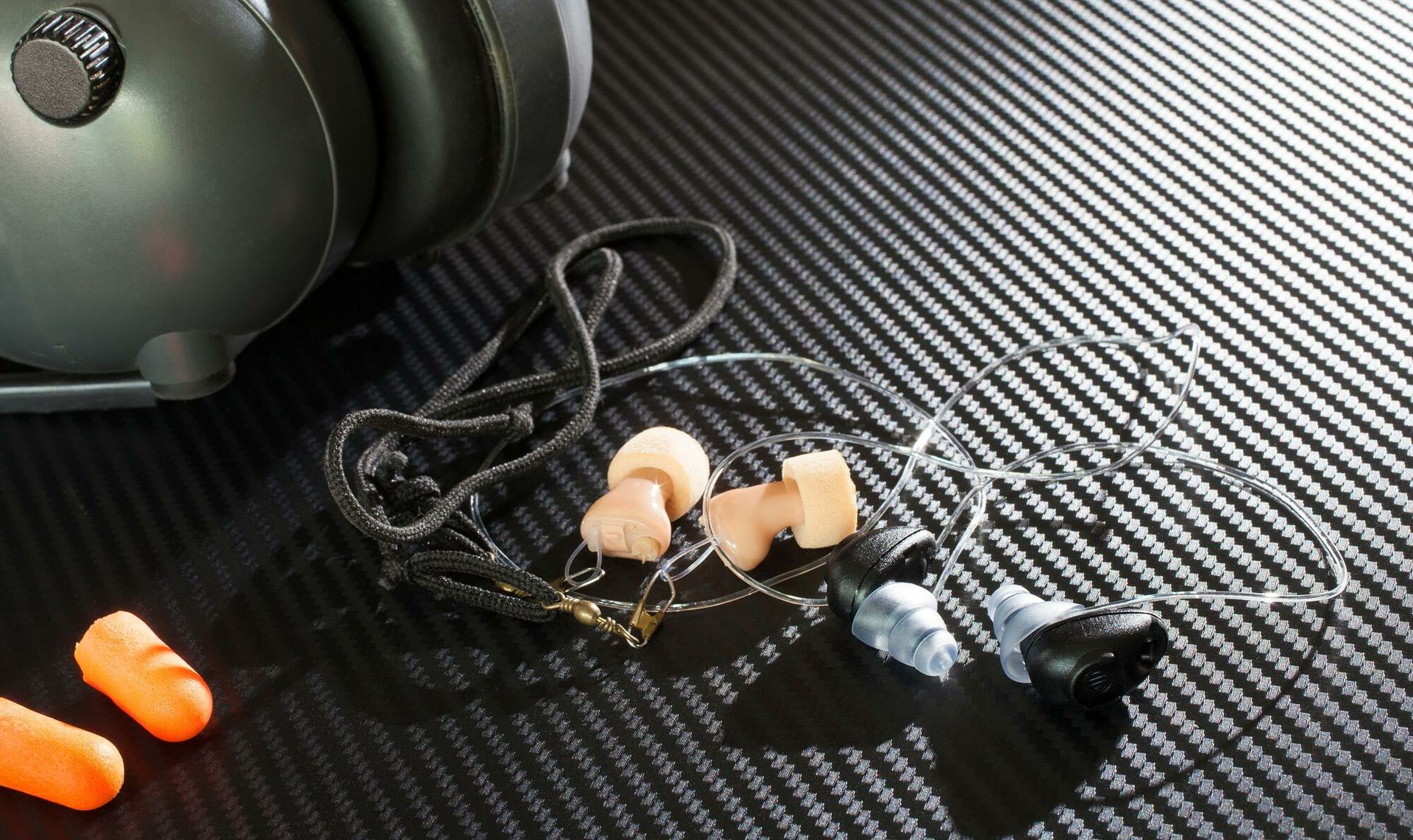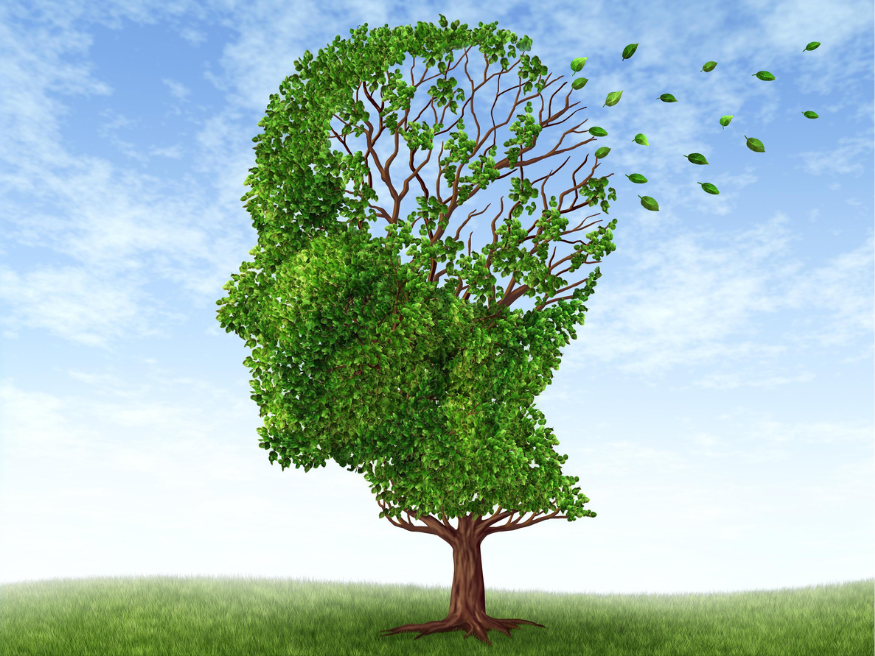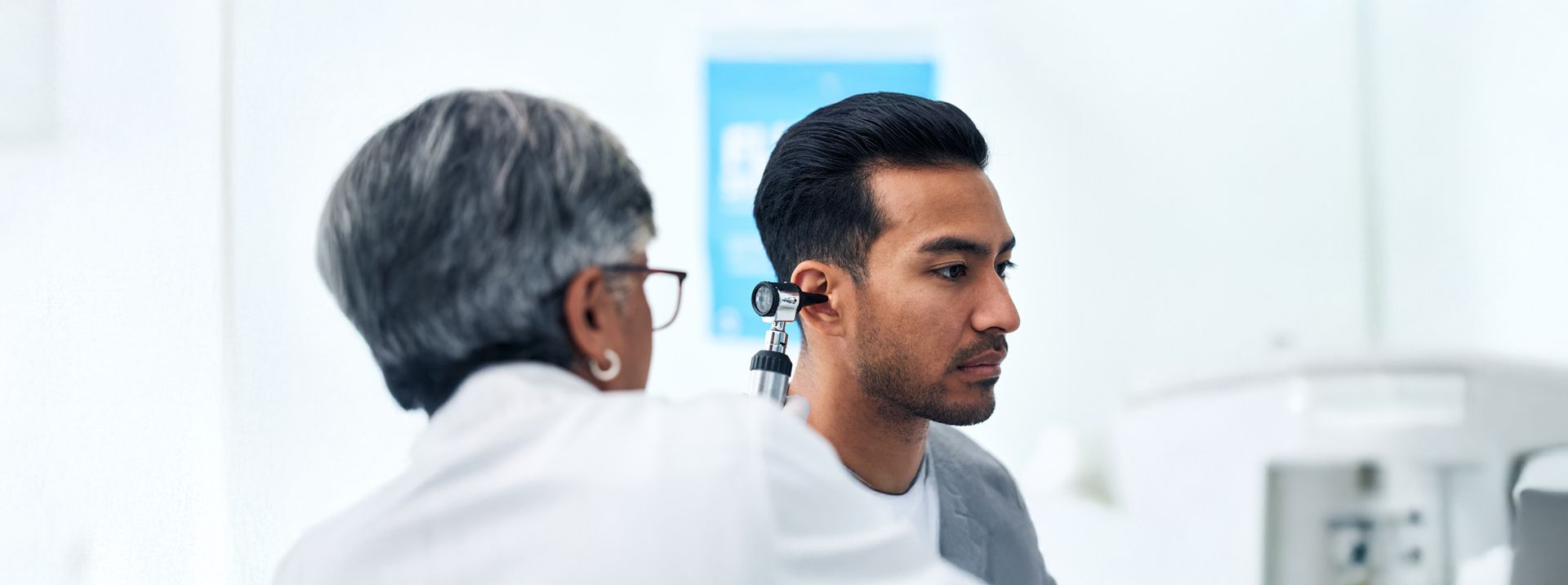Why Hearing Aid Outcomes Vary for Everyone
Hearing aids are not a one-size-fits-all solution. It might look simple, after all, you just turn it on, pop it in your ear, and that’s it…right? Not quite. Their effectiveness can vary widely between individuals, and hearing aid outcomes are all but guaranteed. Learn the reasons why, and how Audiology First accounts for them, in the remainder of this article!
Understanding Variability Hearing Aid Outcomes
What people get wrong off the hop is that hearing aids are not just amplifiers—these are sophisticated devices that have evolved significantly over the years to accommodate the unique hearing profile of each individual. Technology that is fitted to a person’s ear anatomy, while at the same time helping them to operate in their work environment and personal life.
Modern hearing aids have advanced features such as noise management algorithms, directional microphones, and frequency compression to enhance listening in different directions. It’s far from being just a miniature speaker in your ear. Today’s hearing aids are companion devices that adapt to the dynamism of the modern day working life.
Despite these capabilities, however, the sound received by a hearing aid still has to travel through a damaged auditory system before reaching the brain. This leaves room for distortion and error prior to perception, and highlights the understanding that hearing loss is not just about the ears—it’s a complex condition, and hearing aid outcomes vary as a result.
Key Factors Influencing Outcomes
Let’s take a look at some of the key factors that might influence hearing aid outcomes…
Types & Severity of Hearing Loss
The nature of a person’s hearing loss can significantly affect the performance of their hearing aid. Sensorineural, conductive, and mixed-types of hearing loss have a say over which device and settings will work best for the patient. If the wrong hearing aid is selected (or the right one with the wrong settings), poor results and discomfort are likely outcomes.
Physical Ear Structure & Ear Health
No two ears are the same! The ear canal is a highly complex physical structure that can differ widely between individuals. Not only that, the presence of earwax, and any other ongoing ear health issues (such as infections or drainage problems) can impact the fitting and function of a hearing aid. Whistling feedback, lack of clarity, and even the potential to damage an in-ear device are all often contributed to by these problems.
Hearing Aid Technology & Environment Needs
Your basic hearing aid might be sufficient for someone who spends most of their time in quiet environments that don’t require much adaptation, but that won’t work for everyone. Busy/noisy settings require more advanced technology to support an individual and accommodate their needs. Background noise suppression and speech enhancement features, for example, can make a huge difference for the person that needs them.
Audiologist Support and Personalization
A skilled audiologist with the appropriate level of experience and a solid reputation in the community could be the biggest differentiator when it comes to hearing aid outcomes. Real-ear measurements and individualized counseling help ensure a hearing aid is functioning properly and tailored to the user’s needs. Without professional assessment and input, even the best devices will fall short of their potential.
Lifestyle & User Commitment
Wearing a hearing aid is a different type of auditory experience. The brain needs time to adjust to this new way of hearing (especially if someone has gone years without any correction to their hearing impairment). The best hearing aid outcomes happen when someone wears their device regularly and follows the recommendations of their audiologist.
Personalized Hearing Assessments and Fittings
Audiology First is the most reputable audiology clinic in Southern Alberta—we understand that no two hearing journeys are the same, which is why every patient begins with a comprehensive hearing assessment. This is followed up with a 1-on-1 consultation to select and fit the right device.
Our personalized fittings go far beyond this initial appointment, however. We offer ongoing support, adjustments, and continuing education to help each patient get the best hearing aid outcome possible.
According to the Alberta College of Speech Language Pathologists and Audiologists,
"one size does not fit all in the world of hearing aids". Individualizing the programming and fitting of hearing aids to a person’s specific hearing profile is essential to optimizing their hearing ability and achieving the best outcome. This is our work—and this is what we do at Audiology First.
Hearing aid outcomes are as unique as the individuals who wear them. To get the best possible result, trust someone with a reputation that makes you feel confident and secure in your decision. Audiology First will give you the expert, independent hearing care that you need. Book your personalized hearing evaluation with us today.
